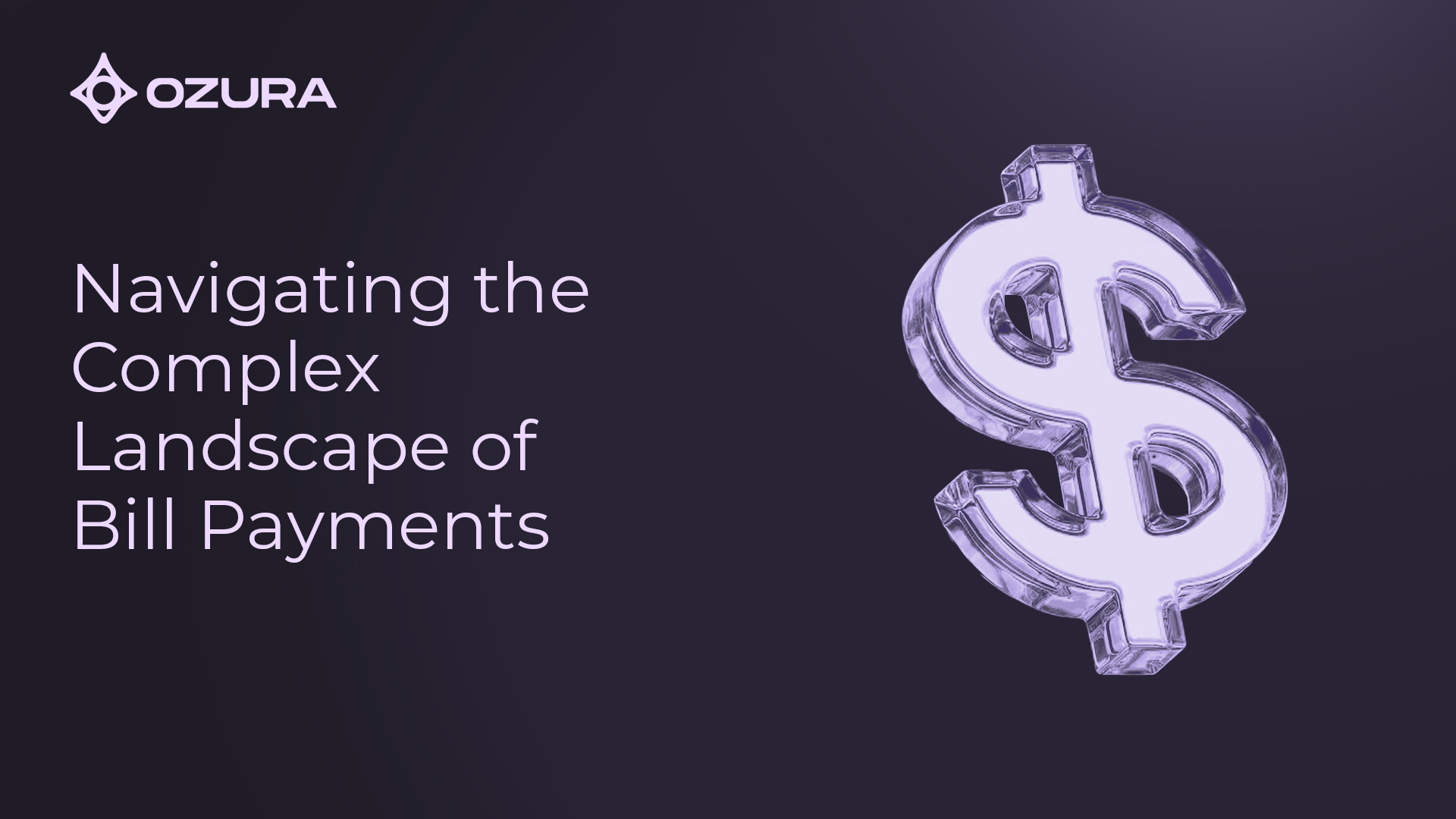
Paying bills has long been a routine aspect of daily life, but over the years, it has become increasingly complex. With bills arriving in various formats and requiring different payment methods, managing finances can be a challenging task for many. To ensure timely payments and financial stability, consumers must adopt a more organized and proactive approach.
The way consumers receive and pay bills has drastically changed over time. Historically, most payments were made by mailing paper checks. Today, however, consumers have various options at their disposal, including electronic payments through banks, direct ACH transfers on billers’ websites, and even credit card payments. Bills now arrive not only via traditional mail but also through email, creating a fragmented and often confusing experience.
This increasing diversity in billing and payment methods can make managing bills more challenging. In response, new payment networks with a digital-first approach have been developed to streamline the process and enable direct payments to billers. Additionally, automatic credit card payments have become more popular, although many smaller billers still rely on paper checks, prolonging the phase-out of traditional methods.
While consumers are becoming more familiar with different payment options, some, particularly younger individuals, may not fully understand the tools available, such as bank bill pay. The traditional banking experience has seen limited innovation in this area, leaving many financial institutions struggling to keep up with evolving customer expectations.
Today’s consumers want more than just the ability to pay bills—they want enhanced clarity, faster payments, and more choices in how they manage their finances. Mobile platforms have become especially popular due to the transparency and accessibility they provide. As a result, there is a growing demand for a solution that consolidates all financial obligations into a single, user-friendly platform.
Around 85% of consumers now prefer a unified, integrated experience for managing their bills. They want a centralized platform where they can view, manage, and pay their bills all in one place, particularly on mobile devices. This shift represents a significant opportunity for financial institutions to redesign their services to better meet consumer needs and expectations.
The success of bill pay services often depends on the quality of the customer’s initial experience. Financial institutions should prioritize creating seamless onboarding processes that allow customers to easily locate their bills and enroll in relevant programs. Effective onboarding is key to educating customers about available services and engaging them in managing their finances.
Once customers are onboarded, they should have full control over their payments, including transparency about when payments will be made and confirmation once they are completed. As the market shifts toward faster and even real-time payments, accuracy and transparency will become even more critical to providing a positive user experience.
Consumers are increasingly seeking an on-demand experience that allows them to manage their payments on the go. They want immediate access to their mobile app, the ability to make payments quickly, and timely notifications that keep them informed without disruption to their daily lives.
As the future of bill payments evolves, the goal is to create a seamless experience for consumers—whether the payment is domestic or international. Consumers shouldn’t have to think about which payment method to use or navigate multiple platforms to complete their payments.
To achieve this, companies are incorporating intelligent features that simplify bill discovery and streamline the payment process. For example, a system might automatically identify and match users with their local utility providers based on their ZIP code. With customer consent, banks may even conduct a soft inquiry on a credit report to help identify additional bills that need to be managed.
Future bill payment innovations are also focusing on small businesses. Efforts are underway to encourage small businesses to enroll in electronic payments, as many still rely on checks. Moreover, there is growing interest in card payments among small businesses, which can serve as a short-term line of credit.
The landscape of bill payments is rapidly changing, driven by consumer demand for faster, more streamlined, and unified experiences. Financial institutions have a unique opportunity to enhance their services by embracing these trends and offering intelligent, on-demand payment solutions. By prioritizing clarity, convenience, and innovation, banks and payment platforms can create a future where managing bills becomes effortless for everyone.